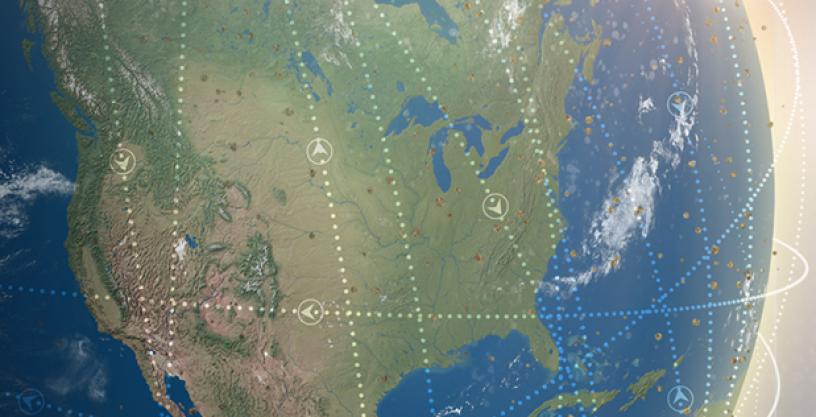
Program Summary
More than 7,000 spacecraft have been launched from Earth, the vast majority of which are satellites that are no longer operational. These defunct objects, now free-orbiting debris, threaten the more than 1,200 satellites that are currently operated by commercial and government entities around the globe. The number of space debris that threaten important communications, weather monitoring, navigation services and imagery satellites is growing. The United States Space Surveillance Network (SSN), a worldwide network of 29 space surveillance sensors (radar and optical telescopes) is tasked with observing and cataloging space objects. As new space tracking challenges arise and as a result of lengthy acquisition timelines to bring new sensors online, the network is impeded in its ability to keep pace.
OrbitOutlook (O2) is a DARPA program that aims to improve the SSN by adding more data more often from more diverse sources to increase space situational awareness to determine when satellites are at risk. O2 comprises three elements: the inclusion of new telescopes and radar from diverse locations providing diverse data types; a central database for this newly extended network of telescopes and radar; and a validation process to ensure the data is accurate. O2 also seeks to demonstrate the ability to rapidly include new instruments to alert for indications and warnings of space events.
It is envisioned that O2 will also engage civil, academic and commercial entities in its effort to bring more sensors online to track space debris from diverse geographic locations. The first element of this effort is SpaceView which seeks to provide technically-minded amateur astronomers with the opportunity to make a difference in the task of space situational awareness through modern, remotely controlled telescopes. SpaceView seeks to extend the network in a low-cost and efficient manner. The second effort, StellarView, seeks to make a similar outreach to the academic community.
This program is now complete
This content is available for reference purposes. This page is no longer maintained.
